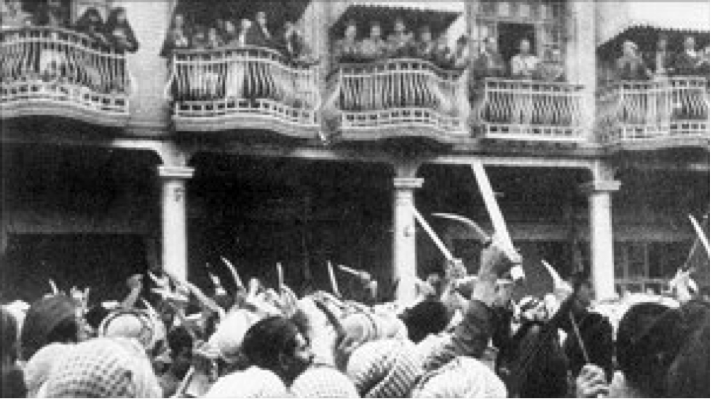Sixties Fan
Diamond Member
- Mar 6, 2017
- 68,452
- 12,285
- 2,290
- Thread starter
- #21
1941
Mufti Joins Hitler In
Jihad against Britain
Amin Al-Husseini arrives in Rome, where he meets fascist leader Benito Mussolini, the genocidal butcher of Ethiopians in Africa. Mussolini vows to help the Palestinian cause against the Jews. From Rome, Husseini declares Fatwa-Jihad [xxi] against Britain. He preaches the notion of Pan-Islamism, with vision of Muslim unity to further his cause.
Amin Al Husseini: Father of Jihad, Al Qaeda, Arafat, Saddam Hussein and the Muslim Brotherhood
Mufti Joins Hitler In
Jihad against Britain
Amin Al-Husseini arrives in Rome, where he meets fascist leader Benito Mussolini, the genocidal butcher of Ethiopians in Africa. Mussolini vows to help the Palestinian cause against the Jews. From Rome, Husseini declares Fatwa-Jihad [xxi] against Britain. He preaches the notion of Pan-Islamism, with vision of Muslim unity to further his cause.
Amin Al Husseini: Father of Jihad, Al Qaeda, Arafat, Saddam Hussein and the Muslim Brotherhood





